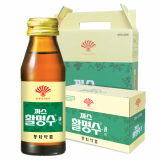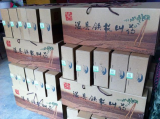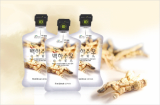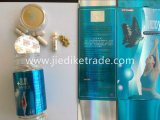Dried forest bitter melon with high quality from Viet Nam
Negotiable Min Order Quantity Unit
- Required Quantity
-
- Place of Origin
- Viet Nam
- Brand name
- LTL global CO., Ltd
- Payment Terms
- L/C,MoneyGram,T/T,Western Union
- Production method
- Negotiable
- Shipping / Lead Time
- Negotiable / Negotiable
- Keyword
- balsam apple, bitter melon, bitter gourd, ssunoi
- Category
- Herbal Medicine
Ltlglobal
- Verified Certificate
-
10

| Product name | Dried forest bitter melon with high quality from Viet Nam | Certification | - |
|---|---|---|---|
| Category | Herbal Medicine | Ingredients | - |
| Keyword | balsam apple , bitter melon , bitter gourd , ssunoi | Unit Size | 1.0 * 1.0 * 1.5 cm |
| Brand name | LTL global CO., Ltd | Unit Weigh | 1 g |
| origin | Viet Nam | Stock | - |
| Supply type | - | HS code | - |
Product Information
A tea made of
the vine is used for diabetes, hypertension, worms, dysentery, malaria and as a
general tonic and blood purifier. It is also very effective to relieve
constipation and colds and fevers in children.
Women
in Latin American use the leaf for menstrual problems to promote discharge
after childbirth.
The
tea is taken for 9 days after giving birth to clean out and tone up all the
organs involved in the delivery. Cerasee is also used as a natural method of
birth control, by taking two cups each day after intercourse, for three days.
It is said that women who drink Cerasee daily will not conceive during that
time. As a wash, the tea is used externally for sores, rashes, skin ulcers and
all skin problems. A Cerasee bath is good for arthritis, rheumatism, gout and
other similar ailments.
Today
folks in the Caribbean still use cerasee as a blood cleanser; bush bath for
beautiful skin; and for diabetes, cancer and other infectious diseases. We also
use it for all types of stomach complaints including griping or pain in the
stomach, amoebas and intestinal parasites and as a laxative. Research confirms
these benefits by documenting the anti-bacterial and anti-parasitic properties
within cerasee.
Cerasee
has been used in various Asian and African traditional medicine systems for a long
time. In Turkey it has been used as a folk remedy for a variety of ailments,
particularly stomach complaints. The fruit is broken up and soaked in either
olive oil or honey.The plant contains several biologically active compounds,
chiefly momordicin I and II, and cucurbitacin B.
The
plants contains also several bioactive glycosides (including momordin,
charantin, charantosides, goyaglycosides, momordicosides) and other terpenoid
compounds (including momordicin-28, momordicinin, momordicilin, momordenol, and
momordol). It also contains cytotoxic (ribosome-inactivating) proteins such as
momorcharin and momordin.
Diabetes:
In 1962, Lolitkar and
Rao extracted from the plant a substance, which they called charantin, which
had hypoglycaemic effect on normal and diabetic rabbits. Another principle,
active only on diabetic rabbits, was isolated by Visarata and Ungsurungsie in
1981. Cerasee has been found to increase insulin sensitivity. In 2007, a study
by the Philippine Department of Health determined that a daily dose of 100 mg
per kilogram of body weight is comparable to 2.5 mg/kg of the anti-diabetes
drug glibenclamide taken twice per day. Tablets of Bitter Melon extract are
sold in the Philippines as a food supplement and exported to many
countries.Other compounds in Cerasee have been found to activate the AMPK, the
protein that regulates glucose uptake (a process which is impaired in
diabetics).
Cerasee also contains a lectin that has
insulin-like activity due to its non-protein-specific linking together to
insulin receptors. This lectin lowers blood glucose concentrations by acting on
peripheral tissues and, similar to insulin's effects in the brain, suppressing
appetite. This lectin is likely a major contributor to the hypoglycemic effect
that develops after eating Bitter Melon.
Anti
malarial:
Cerasee is traditionally regarded in Asia as
useful for preventing and treating malaria. Tea from its leaves is used for
this purpose also in Panama and Colombia. In Guyana, Cerasee are boiled and
stir-fried with garlic and onions. This popular side dish known as corilla is
served to prevent malaria. Laboratory studies have confirmed that species
related to Cerasee have anti-malarial activity, though human studies have not
yet been published.
Anti
Cancer:
Researchers at Saint Louis
University claims that an extract from Cerasee, commonly eaten and known as
karela in India, causes a chain of events which helps to kill breast cancer
cells and prevents them from multiplying.
Cerasee
has been used in traditional medicine for several other ailments, including
dysentery, colic, fevers, burns, painful menstruation, scabies and other skin
problems. It has also been used as abortifacient, (no ideas please) for birth
control, and to help childbirth.
Anti viral:
In
Togo the plant is traditionally used against viral diseases such as chickenpox
and measles. Tests with leaf extracts have shown in vitro activity against the
herpes simplex type 1 virus, apparently due to unidentified compounds other
than the momordicins.
Laboratory
tests suggest that compounds in Cerasee might be effective for treating HIV
infection. As most compounds isolated from Cerasee that impact HIV have either
been proteins or lectins, neither of which are well-absorbed, it is unlikely
that oral intake of Cerasee will slow HIV in infected people. It is possible
oral ingestion of Cerasee could offset negative effects of anti-HIV drugs, if a
test tube study can be shown to be applicable to people.
Cardio protective:
Studies in mice indicate that Cerasee seed may
have a cardio protective effect by down-regulating the NF-κB inflammatory
pathway.
Cerasee
has been used in traditional medicine for several other ailments, including
dysentery, colic, fevers, burns, painful menstruation, scabies and other skin
problems. It has also been used as abortifacient, for birth control, and to
help childbirth.
B2B Trade
| Price (FOB) | Negotiable | transportation | - |
|---|---|---|---|
| MOQ | Negotiable | Leadtime | Negotiable |
| Payment Options | L/C,MoneyGram,T/T,Western Union | Shipping time | Negotiable |
- President
- Truong Tien
- Address
- 14 Hoa Hue, ward 7, Phu Nhuan district, HCM city, Viet Nam
- Product Category
- Herbal Medicine
- Year Established
- 2010
- No. of Total Employees
- 51-100
- Company introduction
-
We are investing plant and produce moringa products. At this time with large matterial 300 hectar and professional factory We can supply fresh moringaleaves, dried moringa leaves, moringa powder and moring seeds for cultivation and extract oil with bulk quantity per month.
We have provided herbal based on many years experience. We commit that we can provide stable quantity and good quality for you.
We have many material regions in Vietnam , Cambodia, Laos to ensure quantity and quality for customer.
We can find many rare herbs based on orders of customers.
- Main Markets
-
 South Korea
South Korea
 U.S.A
U.S.A
- Main Product


































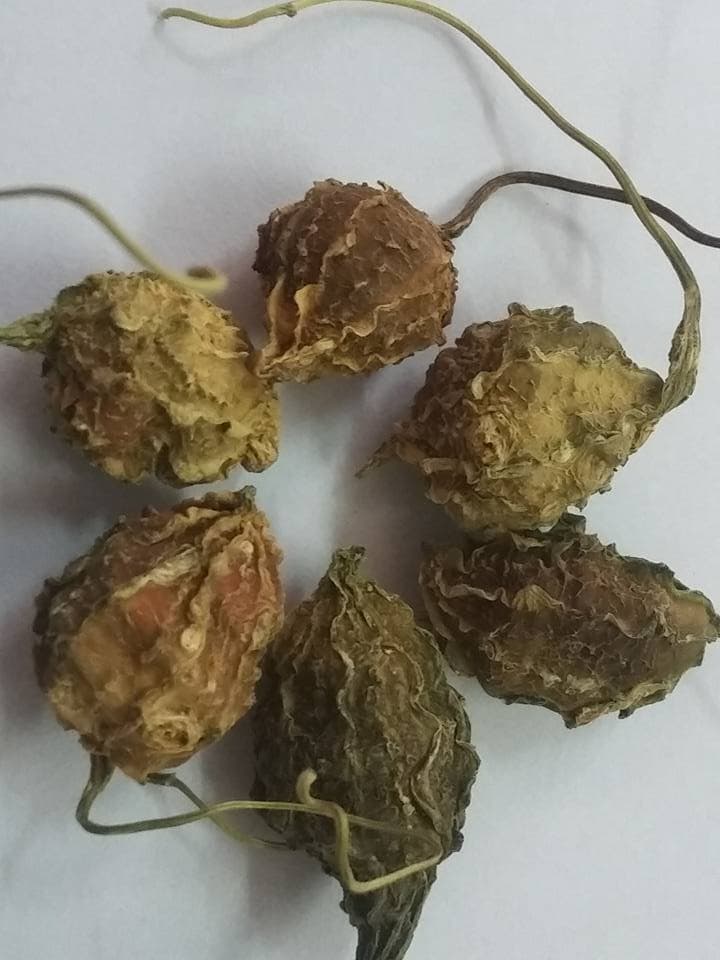

 Viet Nam
Viet Nam


